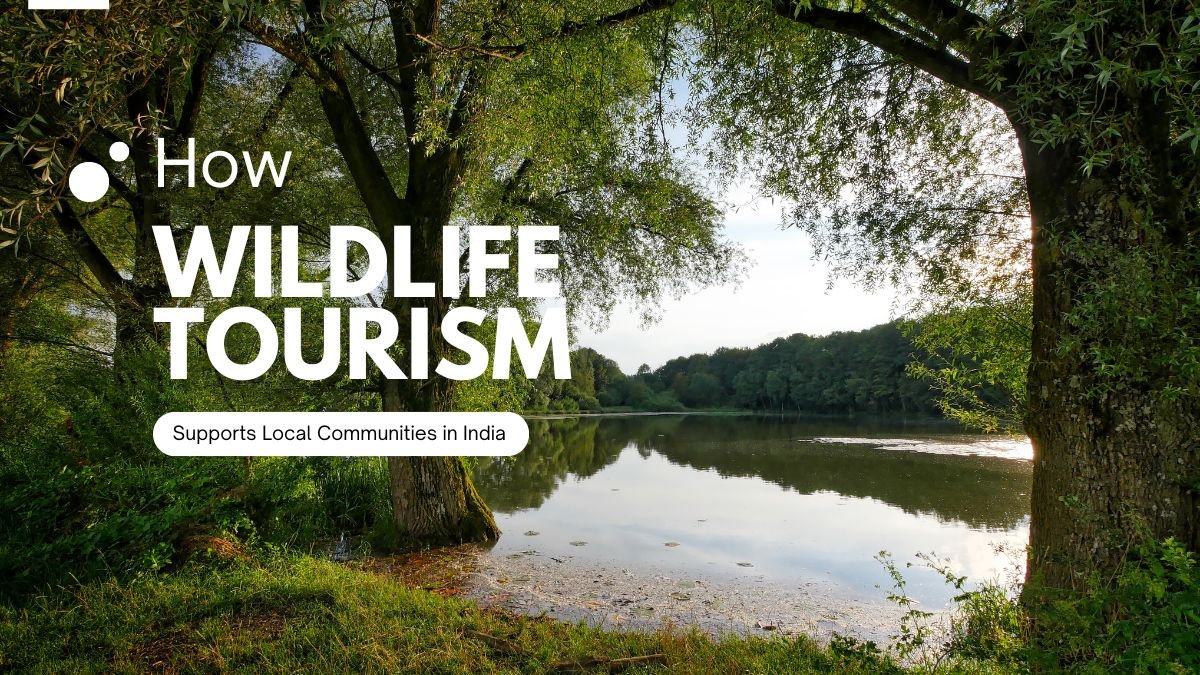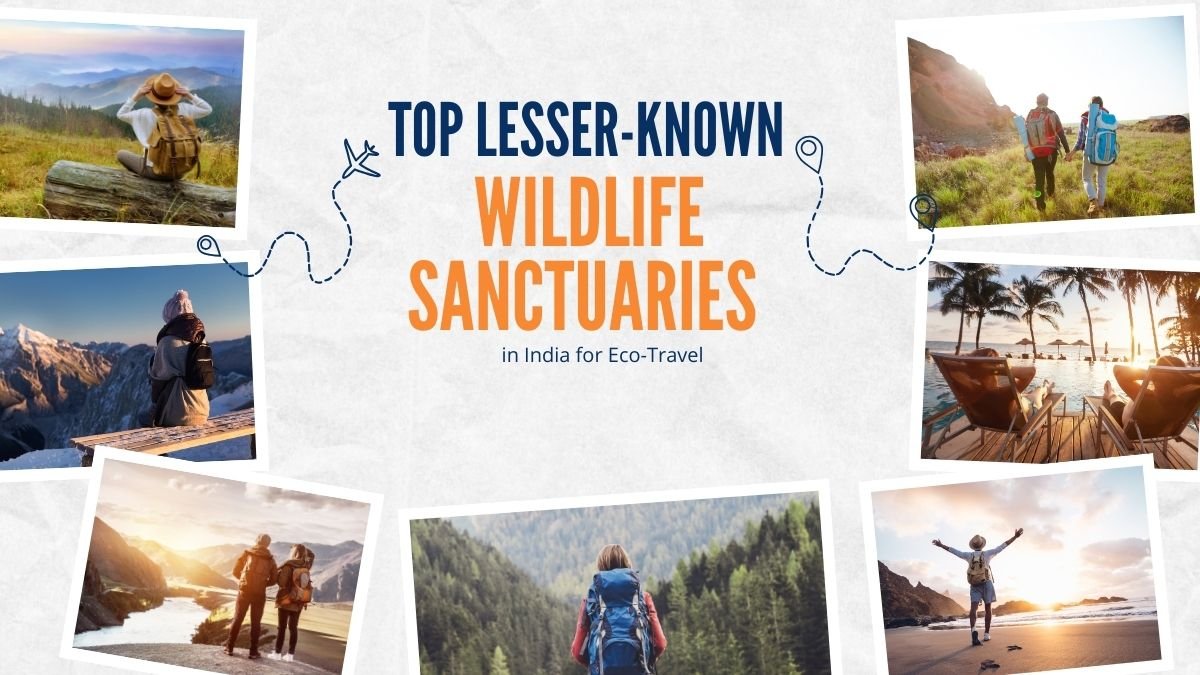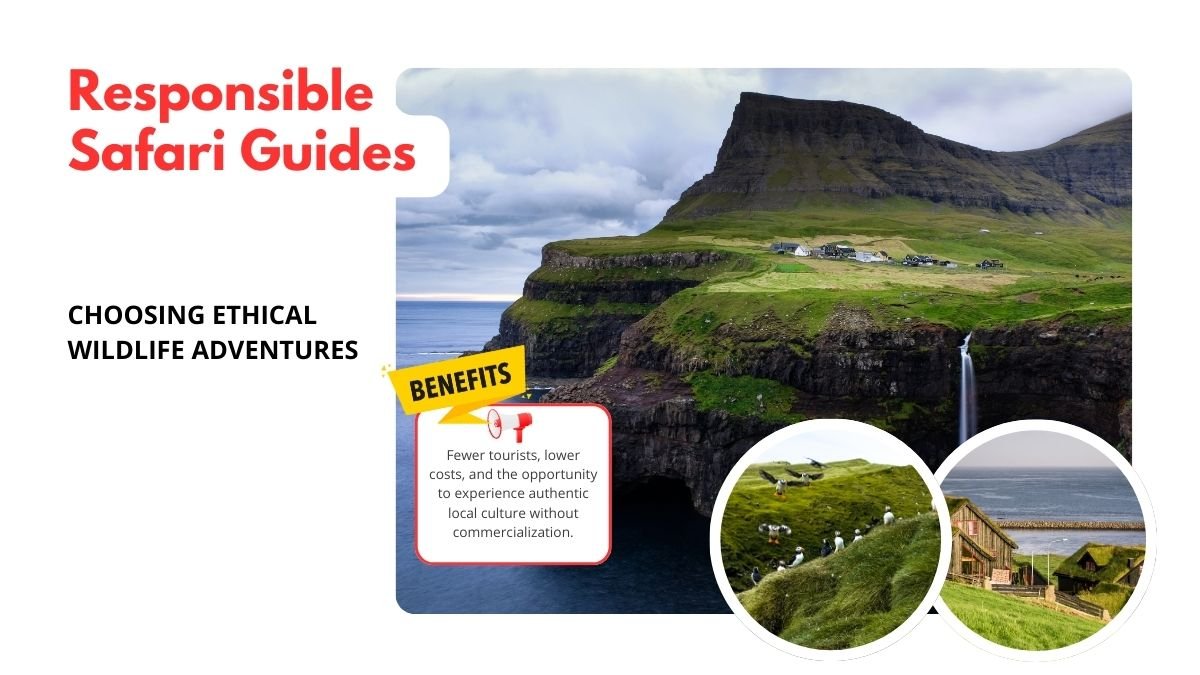Wildlife Tourism in India and Its Role in Local Communities
This country has always boasted about its rich biodiversity, beautiful forests and its rich culture. Porter-tigers, elephants, rhinoceroses, lions, thrumming with birdlife and lush-green fodder, are the sagacious heirs not only to environmental heritage but also toward invaluable assets to our society and economy. Therefore, wildlife tourism is being discussed everywhere nowadays.
But going to the forest or to see the wildlife is not beautiful tourism. In fact, it reshapes the lives of rural areas and their local communities. It counts on employment, brings small traders closer together, offers opportunities to women, and, most importantly, creates an ecofriendly atmosphere.
Let me detail how wildlife tourism benefits the local society and the whole country.
Economic Benefits – Major Source of Income and Employment
1. Generating Employment Opportunities
Earlier, most of the people living in villages adjoining the forest used to depend on farming or collection of wood, honey, and other things from the forest. But now, with increasing wildlife tourism, they have new means of employment.
- Safari guides: Whenever a tourist comes to see the forest, he needs a local guide. These guides not only show the way to the forest but also tell the behavior of animals, trees and plants and stories of the area. This gives them a permanent income.
- Drivers and trackers: The drivers who drive the safari vehicles and the trackers who identify the animal tracks are also local people.
- Hotel and homestay staff: Small resorts, hotels and homestays have sprung up near the forests, and so the workers are also from the surrounding villages.
In Kanha and Bandhavgarh National Park, for example, thousands of locals got employment in this manner.
2. Income source
Tourists pay park entry fees, fees for safaris, hotel room costs, food costs, and even buy mementos while in the park. All this revenue goes toward the park itself, anti-poaching operations and forest restoration efforts.
For example, if 100 entrants visit a park every day at an average expenditure of Rs 2,000 each, then Rs 2 lakh per day would make it directly go into local economy and conservation.
3. Increased Local Trade
Local Trade Development. Tourists don’t just visit the forest, they buy handicrafts from local artisans, eat organic vegetables and fruits from farmers, and also buy bangles, pottery and clothes made by village women.
This initiates a “chain reaction,” that is, money gets to every village and thereby gives villagers opportunities of earning from their skills instead of cutting down forests or doing illegal work.
Community Empowerment and Development
1. Community Initiatives
In some places, the eco-tourism projects are handed over straightaway to the villagers. For example, in some parts of Uttarakhand, home-stays are owned and guided by local people. This not only gives them economic value but also pride in protecting their own natural resources.
2. Sustainable Living
Earlier, people used to cut down forests for their needs, which damaged the environment. However, when they realized that live forests and animals actually generated revenue through ecotourism, they began to save trees and animals. Thus, tourism cultures sustainable living.
3. Empowerment of Females
Wildlife tourism has shifted from its former roles, as women had been mostly limited to the house in rural backgrounds. Many women now run homestays. They produce and sell handicrafts and craftworks. Some women also have become guides and naturalists. All this not only increases income level but also strengthens women’s status in the society.
Conservation Rebirth of Cultural Heritage
1. Awareness Creating
Awareness is created, and then urban people go about enjoying the forest beauty while realizing its importance for actual saving of nature and conservation. The gradual dissemination of awareness continues into society and tourists also visit to discuss tree and animal conservation after their return.
2. Conservation of Forests and Animals
If an area attracts tourists, it is viewed then by both government and local people as a conservation area. For they know that now if they let the forest and the animals survive, the tourism will flourish. Because of this, there is a crackdown on hunting and illegal logging.
3. Rebirth of Culture
While visiting animals, tourists also want to see the local culture. Now, folk songs, dances, traditional music, and stories of villages feature in tourism. This provides opportunities to villagers to carry on preserving their traditions and provides a fresh vigor to them.
For instance, in Rajasthan, near Ranthambore Region, local folk songs and puppet dances are on display to tourists. It gives income to the artists and keeps the culture alive.
Conclusively, why wildlife tourism
Wildlife tourism can be a source of livelihood for millions of people in India living close to forests. Therefore, wildlife tourism serves to promote:
- Employment generation and apart from creating wealth
- New avenues for women and youth
- Conserving forests and animals
- Keeping local art and culture alive
- Most importantly, creating a balance between man and nature through enlightening people that nature conservation entails safety for unborn generations.
So, next time you go into a national park or sanctuary, remember that your expenditure gives an experience at least as good as any but might also change the life of a villager and ensure the safety of a wild animal.















